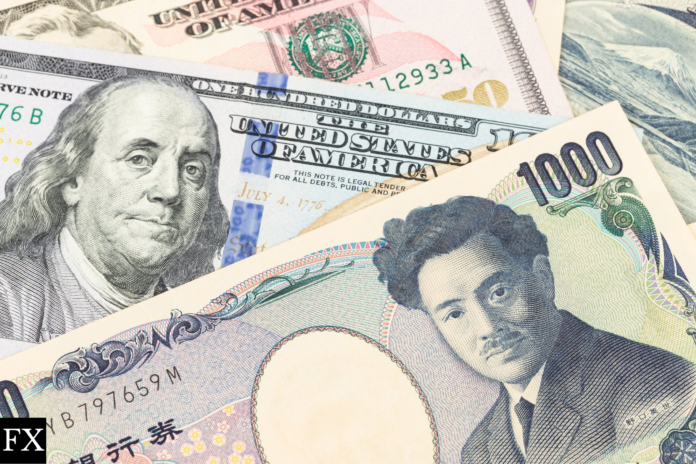Current Market Overview and Key Technical Levels
The USD/JPY currency pair experienced volatile trading on Tuesday, indicative of indecision in the market. The pair is currently finding support around the 155 yen level. This level coincides with the 50-day Exponential Moving Average (EMA), a commonly used technical indicator representing the average price over the last 50 trading days. The fact that price is bouncing off these points suggests that they are acting as significant areas of support. Traders are also keenly focused on the interest rate differential between the United States and Japan, as this difference in yields significantly impacts the attractiveness of holding one currency versus the other.
The Impending Bank of Japan Interest Rate Decision
The upcoming Bank of Japan (BOJ) interest rate decision on Friday is a crucial event that will likely dictate the direction of the USD/JPY pair. While the market generally doesn’t expect a drastic move to close the interest rate gap between the US and Japan (which is currently wide), there is a possibility that the BOJ may implement a minor tightening of its monetary policy. This could involve raising short-term interest rates, or reducing quantitative easing. Even a slight tightening could have significant impacts on the yen’s value. This is creating anticipation and influencing market sentiment, leading to increased volatility.
Potential Price Movements and Breakout Scenarios
The short-term outlook is currently uncertain. A break below the 50-day EMA could signal a move towards the 153 yen level, potentially triggering further selling pressure as traders who relied on the EMA as support exit their positions. Conversely, a clear break above the 156.50 yen level would likely open the door to a move towards 158 yen, potentially igniting new buying interest. The market is likely to experience choppy and indecisive trading in the coming days as it tries to anticipate the BOJ’s decision and react to other incoming news.

External Economic and Political Factors Affecting the US Dollar
Political news, particularly President Trump’s discussions about new tariffs on goods from Mexico and Canada, also affects the US dollar’s value. While these tariffs don’t directly impact Japan, they weaken the US dollar’s overall strength and diminish investor sentiment. This adds another layer of uncertainty to the market. The current short-term trend isn’t clearly upward, but many long-term traders still prefer potential long positions in USD/JPY because they receive the inherent positive ‘carry.’ This carry is the interest they earn from holding the higher-yielding US dollar against the lower-yielding yen. The market expects a more defined trend to emerge after the events of this week.
Want to trade USD/JPY forex analysis and predictions? Here’s a list of forex brokers in Japan to check out.

